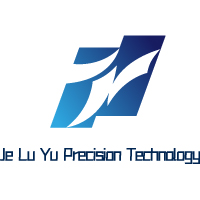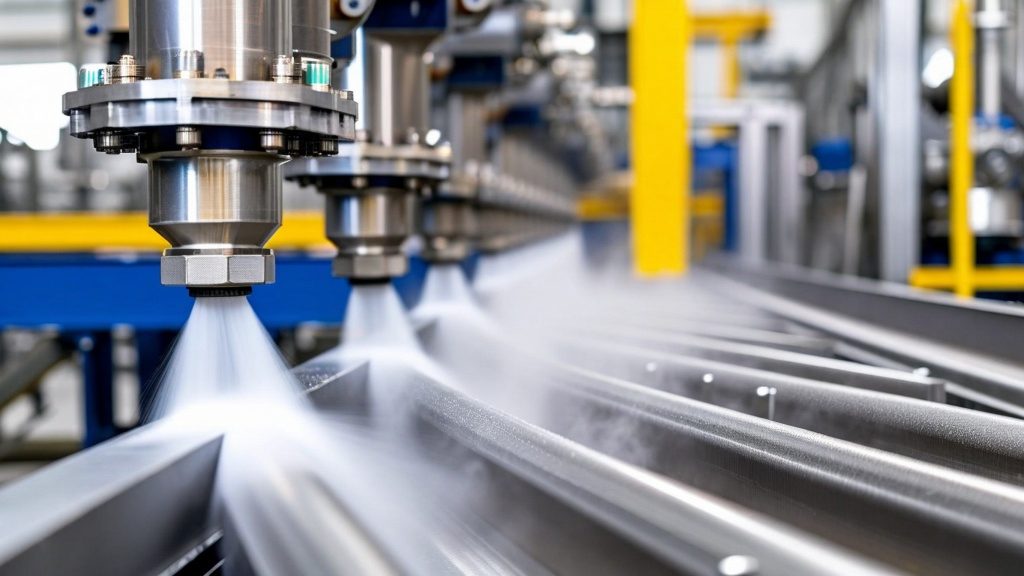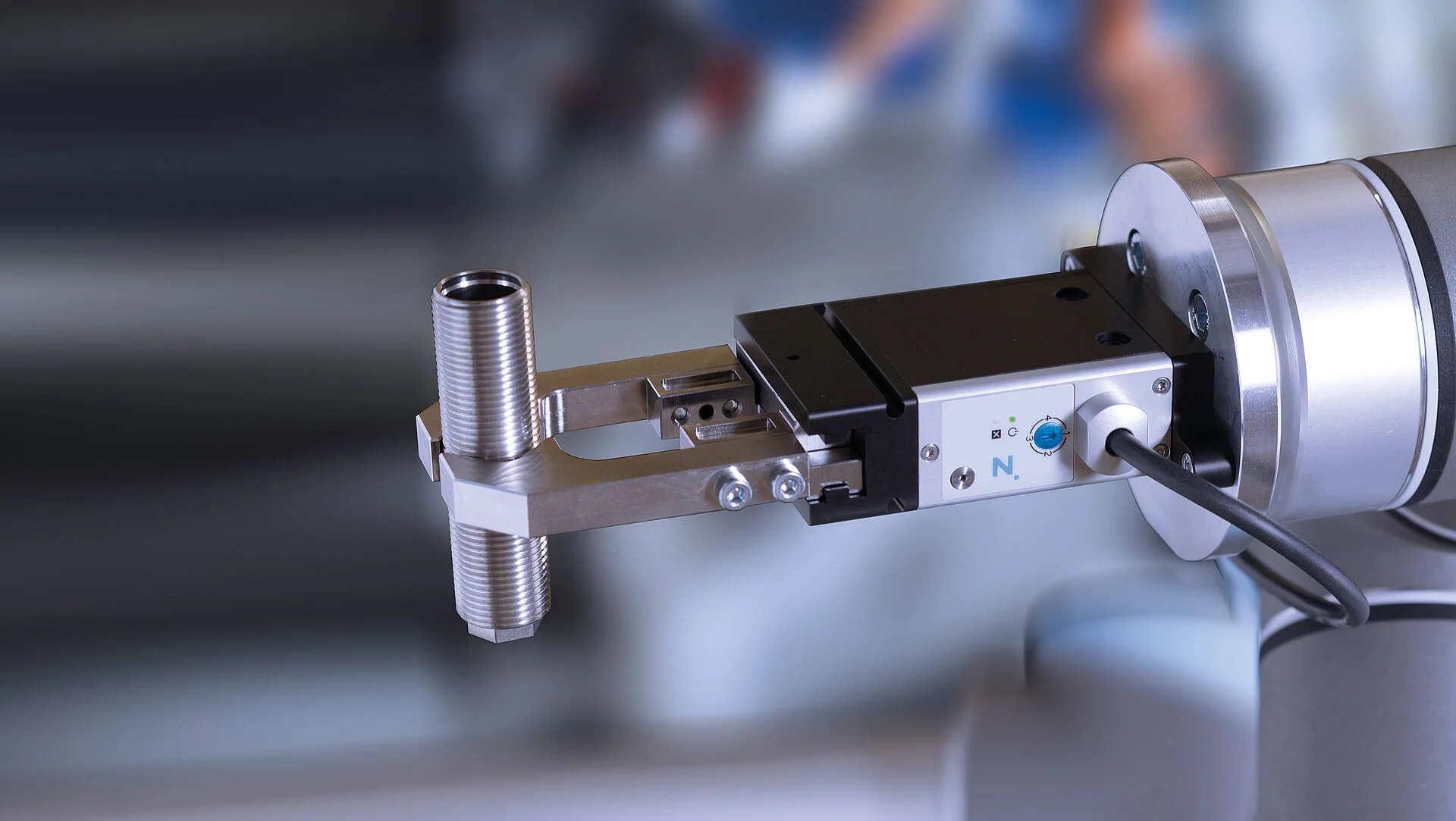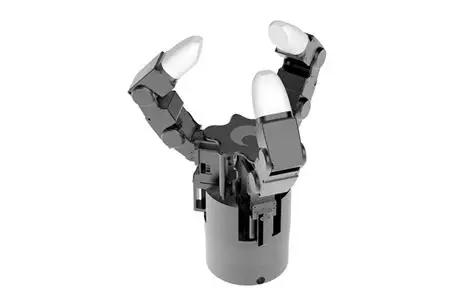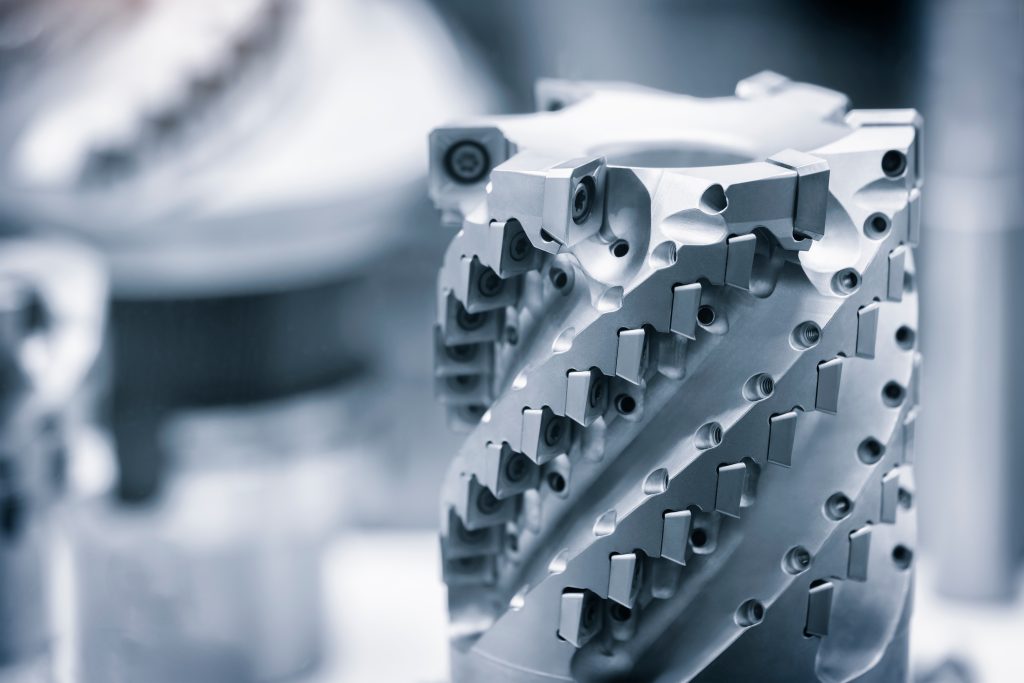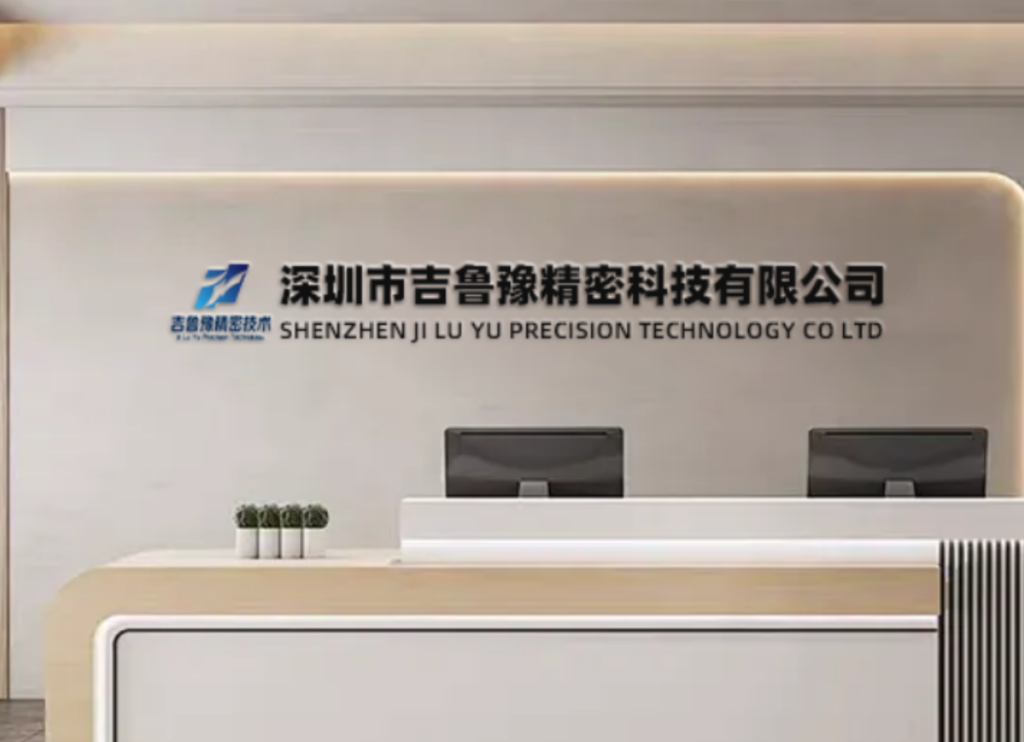Mastering the Surface Finish Chart: Jlypt’s CNC Machining Expertise
Introduction to Surface Finish Charts in CNC Machining
In the realm of CNC machining, surface finish is a critical aspect that determines the functionality, aesthetics, and durability of the final product. At Jlypt, we understand the importance of achieving the perfect surface finish for every application. Our surface finish charts serve as a comprehensive guide, helping clients choose the right finish for their CNC machined parts.

Alt: Jlypt’s Surface Finish Chart displaying various Ra values and corresponding textures
Jlypt’s Surface Finish Chart: An In-Depth Look
Below is a detailed table showcasing Jlypt’s surface finish chart, which categorizes finishes based on their Ra (Arithmetic Mean Deviation) values and textures.
| Finish Code | Ra (μm) | Texture Description | Common Applications | CNC Processes |
|---|---|---|---|---|
| JF-1 | >12.5 | Very coarse, directional | Agricultural tools | Rough milling |
| JF-2 | 3.2 – 6.3 | Coarse, uniform | Construction equipment | Turning |
| JF-3 | 0.8 – 1.6 | Fine, slightly textured | Automotive parts | Grinding |
| JF-4 | 0.2 – 0.4 | Smooth, semi-mirror | Electronics casings | Polishing |
| JF-5 | <0.2 | Mirror-like, defect-free | Medical instruments | Superfinishing |
Real-World Case Studies
Case Study 1: Aerospace Components
Material: Titanium Alloy
Surface Finish Requirement: JF-5 (Ra < 0.2μm)
Challenge: Aerospace components require an exceptionally smooth surface to ensure airtight seals and minimize friction.
Jlypt Solution: We employed a combination of precision grinding and diamond polishing to achieve the desired mirror-like finish. The final surface was verified using a white light interferometer to ensure compliance with JF-5 standards.
Outcome: The components exhibited exceptional performance, meeting the rigorous standards of the aerospace industry.
Case Study 2: Precision Medical Instruments
Material: Stainless Steel
Surface Finish Requirement: JF-4 (Ra 0.2 – 0.4μm)
Challenge: Medical instruments need a smooth surface to facilitate easy cleaning and reduce the risk of infection.
Jlypt Solution: We used electrochemical polishing to achieve the JF-4 finish. This process removed all burrs and imperfections, leaving a uniform, semi-mirror surface.
Outcome: The instruments met the highest standards of cleanliness and functionality, ensuring patient safety.
Case Study 3: High-End Automotive Trim
Material: Aluminum Alloy
Surface Finish Requirement: JF-3 (Ra 0.8 – 1.6μm)
Challenge: Automotive trim pieces need a fine texture that enhances aesthetics while maintaining durability.
Jlypt Solution: We utilized vibratory finishing with ceramic media to create a uniform, fine texture that met the JF-3 standards. The process also removed any machining marks, leaving a smooth, appealing surface.
Outcome: The automotive trim pieces added a touch of luxury to the vehicles, enhancing their overall appeal.
Conclusion
At Jlypt, we pride ourselves on our expertise in achieving the perfect surface finish for every CNC machined part. Our surface finish chart serves as a valuable resource, guiding clients through the process of selecting the right finish for their application. With our state-of-the-art equipment and highly skilled team, we guarantee precision surface finishes that meet or exceed your expectations.
For more information or to request a quote, please visit our website at https://www.jlypt.com/anodizing-near-me-surface-finishing-services/ or contact us at [email protected].
